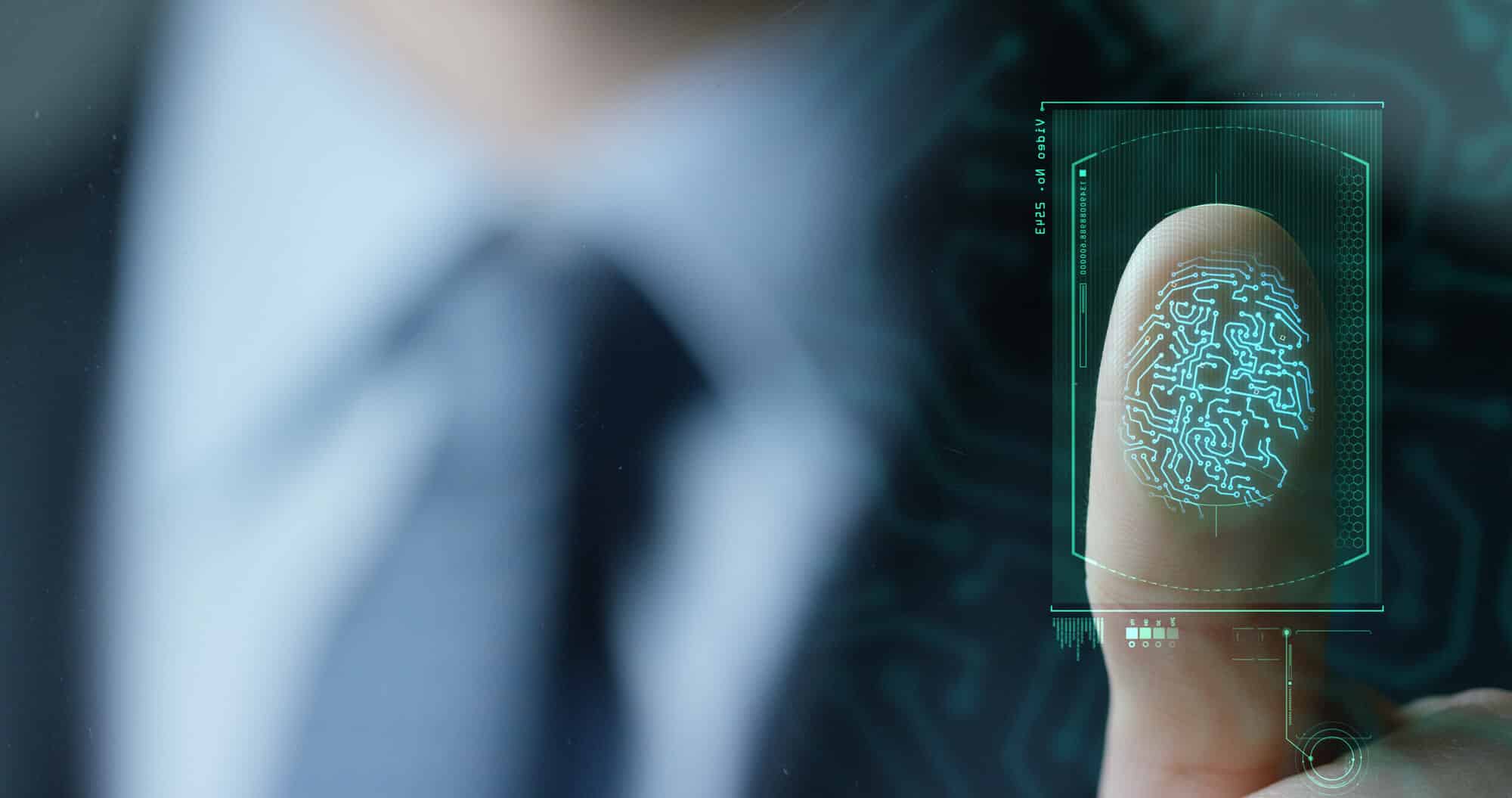A new study conducted in collaboration between the Institute of Chemistry at the Hebrew University and the University of Lausanne in Switzerland tries to disrupt the future activities of criminals who specialize in forging fingerprints and thus prevent information security breaches. "If we know what the next generation of fingerprint forgeries will look like, we can prepare a countermeasure ahead of time"

Recently, we are witnessing an increase in the scope of hackers breaking into databases and leaking personal details of many users around the world. It is also a concern because many technologies use our fingerprints to allow us to perform certain actions, from turning on the PC to controlling entry to the office. With all the convenience in the matter, as the use of fingerprints increases, so does the activity of fingerprint forgery. Using sophisticated forgery software, criminals already manage to use biometric data pieces in a perfect way, such that no one would suspect it. In order to deal with future crime, the Institute of Chemistry began to develop the field of "initiative forensic science", which is based on the assumption that forensic science will be more helpful in the fight against crime, because it is able to predict the expected moves of criminals using existing forensic tools.
A new study recently published in the journal Journal of Forensic Sciences takes forensic science one step further and tries to predict how criminals will forge fingerprints in the future in order to prevent it. The research was conducted by Prof. Yosef Almog and Prof. Daniel Cohen from the Hebrew University, together with Prof. Christophe Champoux and PhD student Michel Sagi from the University of Lausanne in Switzerland. The team of researchers tried to adopt the way of thinking of forgers and found that it is possible to design sophisticated materials, called polymers, to forge fingerprints, which were found to be significantly more effective than materials used for this purpose today and can be detected by smart readers. The new materials outperformed 3 of the 4 smart readers tested.

According to the experts, with the appearance of some new information security technology, the sophisticated criminals will already look for a way to bypass it. In the field of fingerprints, this can be done by intelligently designing polymers, which mimic the properties of our skin, to overcome the smart readers who will not be able to recognize that it is a foreign material. "In order to predict future forgery methods, we have designed polymers that will be more similar to human skin in terms of their chemical structure than polymers that are currently common for forging fingerprints", Prof. Cohen explains. The preparation of the materials was carried out in the laboratory, when the chemical structure and physical properties of the human skin were taken into account in order to develop the ability to overcome even the most sophisticated readers.
"The research showed that it is already possible to develop more effective materials for forging fingerprints, and this is probably what the criminals will do in the next generation of forgeries. In our opinion, it is appropriate to inform the international community of law enforcement agencies in order to prepare in advance and develop better readers", the researchers emphasize. Enterprising forensic science can help law enforcement prevent other types of crimes and not just biometric fraud. For example, predicting the next generation of illicit drugs that are not covered by the Narcotics Ordinance. Prof. Almog concludes that "We can be one step ahead of the criminals. If we know what they can do, we can develop tools to overcome the phenomenon even before it occurs in the field."
The brainScientific cold
